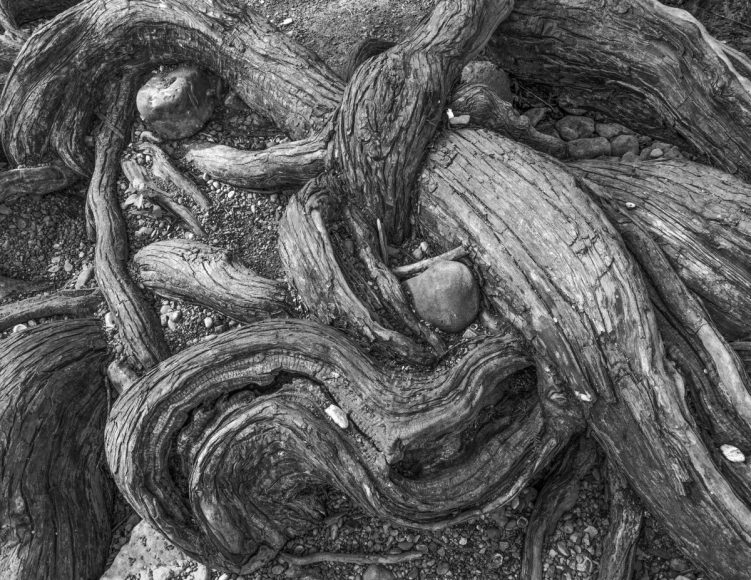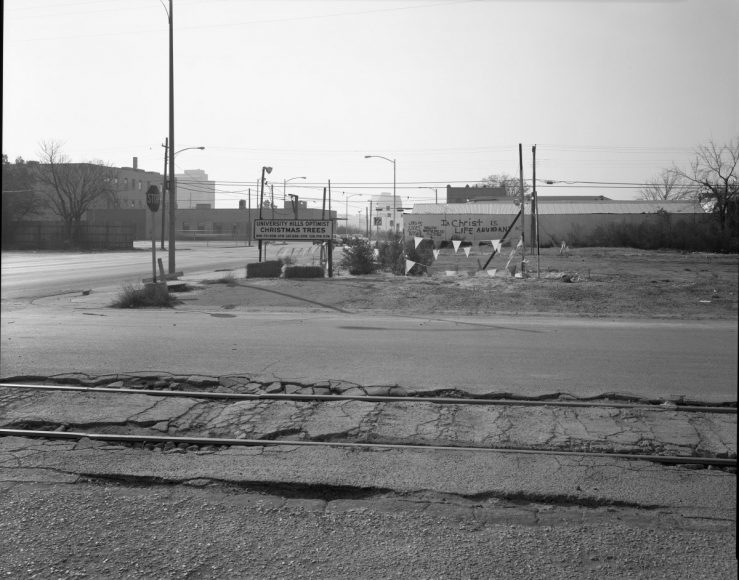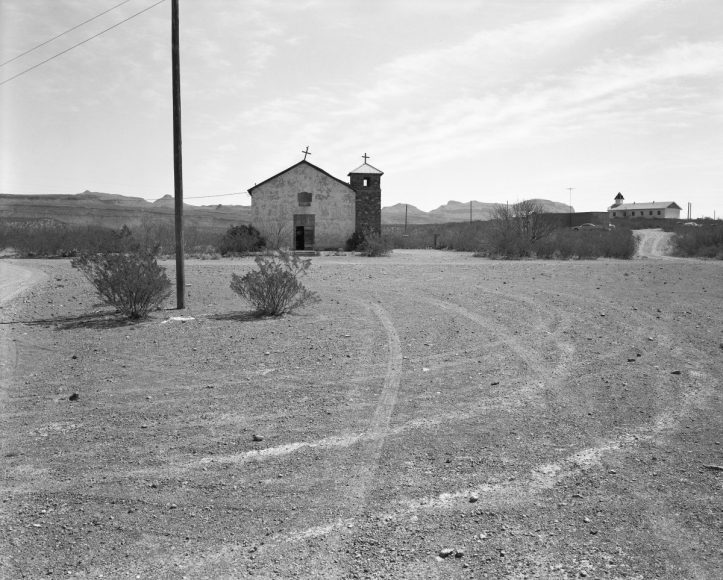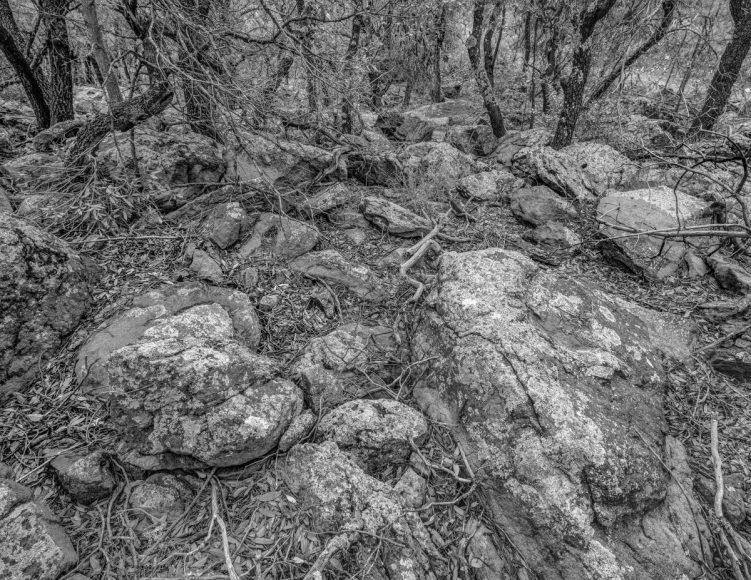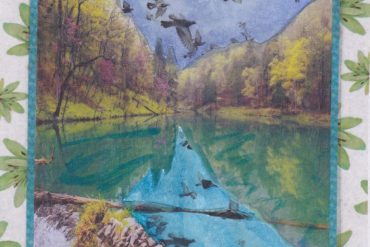The EcoTheo Review is delighted to welcome Billy Moore as its new visual arts editor. Billy has an M.F.A. from the University of Colorado and has worked as a photographer for over four decades. In addition to this small selection of Billy’s work, we are happy to publish his artistic statement on the important role photography plays in capturing the landscape and fostering ecological enchantment.
“Human beings are a product of the landscape. They depend on it to survive, and it has long been the basis of belief systems, history, and religions that underscore the vital role that the land has played and continues to play in our existence. It is defined in our perception as the various elements that constitute the landscape, the physical world we inhabit. Our perception of these elements define our humanity.
The landscape is the result of natural forces, manmade activities, and time. As such, it is the living record of these processes and a reflection of the state of the world and, for that matter, humanity as well.
Photography is like reality, but it isn’t.
The basis of photography is the act of pointing, of showing in a photograph the results of many decisions made by the photographer of selecting a place–a segment of the visible world–and freezing it in a moment in time. The nature of photography ties it to the physical world since it is a record of light being reflected from a surface responding to illumination. But there is even more of an abstraction that takes place in substituting the camera’s mode of operating for direct human perception of the scene photographed. Camera work isolates a portion of the subject and contains only the visual information that the photographer selects. It then utilizes the camera’s mechanical nature to further control the manner in which the light from the subject is recorded on photosensitive material.
When we perceive the camera’s recording of a scene as identifiable subject matter that looks, at least to some extent, the “way it is supposed to” from the perspective of the viewer, it becomes a believable representation of the subject, one that can contain meaning beyond the surfaces it portrays. While engaged in perceiving an image, if there is sufficient inspiration and execution in the process of its creation, the possibility of metaphor can show more than what’s visible in the image. The presence of the unseen is the culmination of the experience of a photograph for viewer as well as photographer.”
– Billy Moore, 2018

